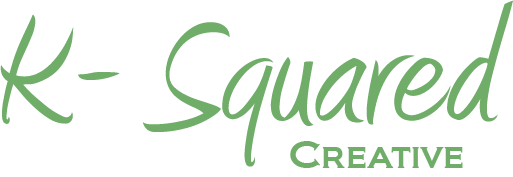At the beginning of the summer I participated in a workshop, “The Art of Giving Great Service,” as part of a staff meeting at work.  The workshop was presented by Ann Lofgren, of ZingTrain/Zingerman’s Training Incorporated (related to the famous Zingerman’s Deli of Ann Arbor, MI). Overall the workshop was enjoyable and effective in that it forced all the staff to consider how their jobs relate to customer service in not-so-obvious ways. If you think about it, all alumni groups or non-profit organizations provide customer service in some way, shape or form.
The workshop was presented by Ann Lofgren, of ZingTrain/Zingerman’s Training Incorporated (related to the famous Zingerman’s Deli of Ann Arbor, MI). Overall the workshop was enjoyable and effective in that it forced all the staff to consider how their jobs relate to customer service in not-so-obvious ways. If you think about it, all alumni groups or non-profit organizations provide customer service in some way, shape or form.
So why am I writing this post, two months after the workshop? There was one thing that really, really resonated with me – and it wasn’t anything the presenter shared with us.
What the presenter did share were defined elements of good service (knowing your customers’ expectations, etc.), and a set of steps to create a plan for good customer service. The last step in the plan was to “go the extra mile.” That makes sense – if you do just as good as the next guy, but no better, then you are one of the pack and have no hope of standing out. You need to go that extra mile to stay ahead of the competition.
At this point in the workshop the hundred or so individuals attending the meeting were asked to divide into small groups and brainstorm ways that we could, as a group or as individuals, go the extra mile in terms of providing great customer service. This is where I really learned something – not from the consultant (although she did point the way) – but from my peers. What makes great customer service hard to achieve/provide? Oftentimes, no one agrees on what it is! In my group the task of brainstorming ways to go the extra mile was extraordinarily challenging. The ideas that immediately came to mind were nixed based on the idea that they weren’t going the extra mile – they were something to be expected if our goal was to put forth only average customer service. Thank you notes after a meeting or donation? Must be done, not optional. Courteous phone calls. Ditto. Responding to voicemail and email as quickly as possible. Obviously. We came up with a good few ideas, mostly involving increasing the quality and personalization of our communications materials. In the end though, when it was time to bring our ideas back to the larger group, we didn’t feel we had anything worth sharing. Imagine our surprise when the ideas shared (and agreed upon!) by the larger group included: thank you notes, courteous phone calls and efficient responses. “How are those going the extra mile?” we thought. More importantly, how are we as a group supposed to give “great” customer service, if we can’t agree internally what “average” customer service involves?
So here’s my advice to you: talk as a group and define average customer service. Then, and only then, determine how you can be better. Finally, make sure everyone is on the same page. Communicate your definitions throughout your organization so everyone knows what level of quality service they are expected to provide. If your group is in the process of fund-raising, what stewardship must be done following gifts, and what can you do to take it to the next level? If you are utilizing volunteers, what must you do to ensure they have a good experience, and how can you top that? In the end, these little steps beyond the norm may be what brings your donor or volunteer back to your organization in the future.
